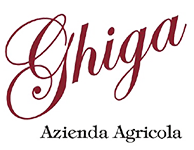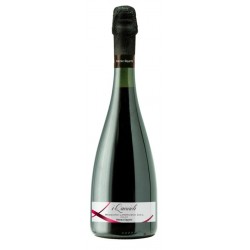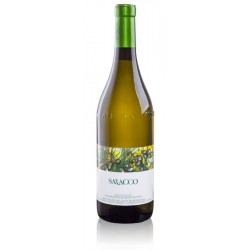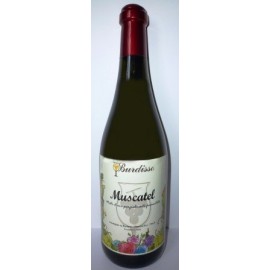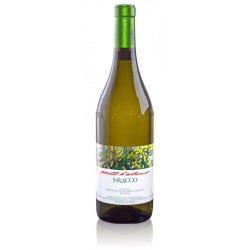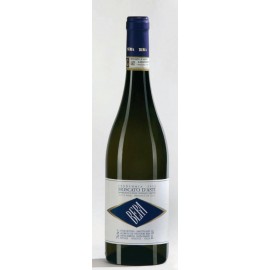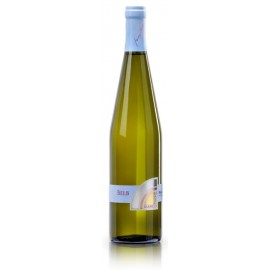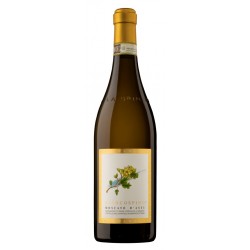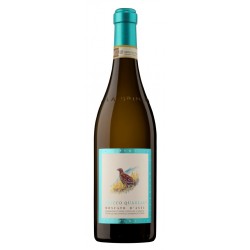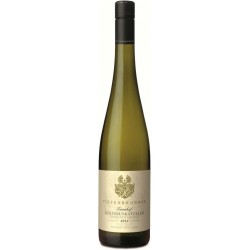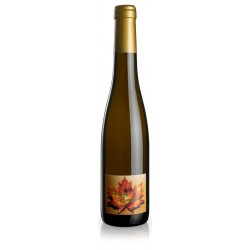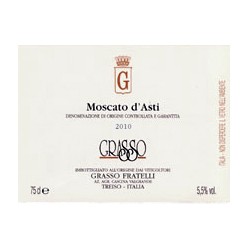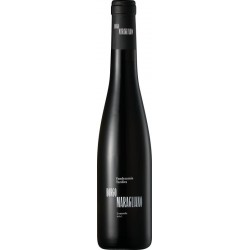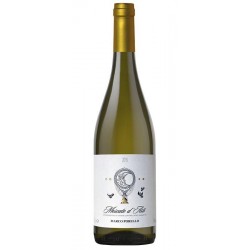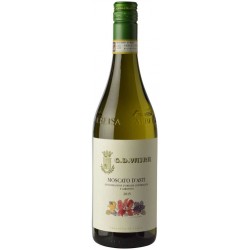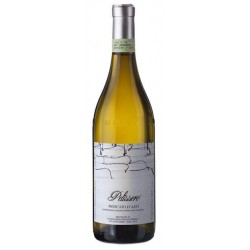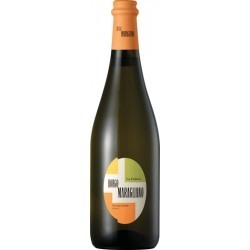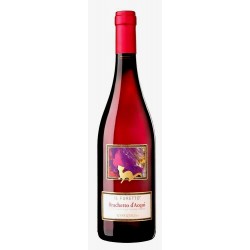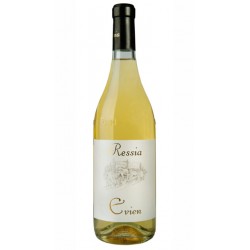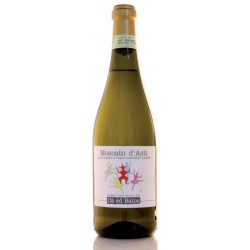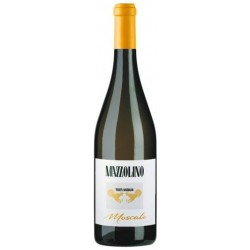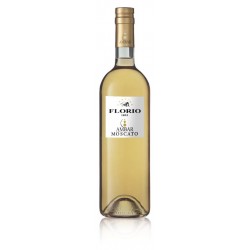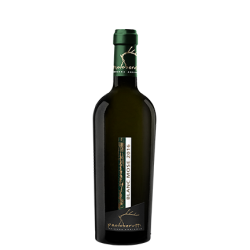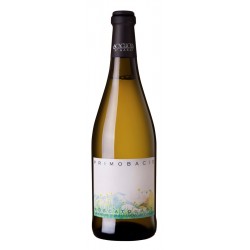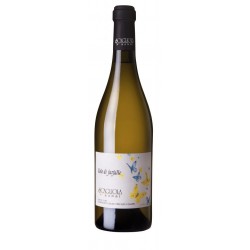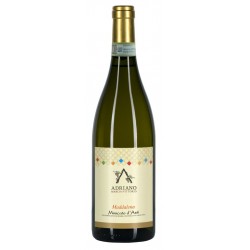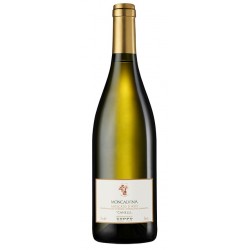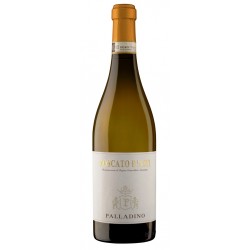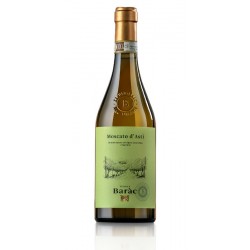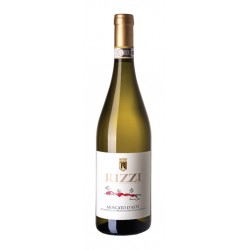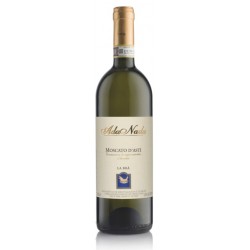No products
Prices are tax included
Product successfully added to your shopping cart
There are 0 items in your cart. There is 1 item in your cart.
Sweet Wines
- White Wines
- Red wines
- Rosé wines
- passiti wines
- Sweet Wines
- Sparkling wines
- Champagne
- Special Offers
- Wines from the world
- Finest Wines
- Awarded wines
- Tasting List
-
Our's Manufacturers
- Abrigo Giovanni
- Adriano Marco e Vittorio
- Amalia
- Anselma Famiglia
- Antichi Vigneti di Cantalupo
- Barale Fratelli
- Brezza
- Bricco Mollea
- Burdisso
- Conterno Franco
- Dacapo
- Dogliani il Generale
- Enzo Boglietti
- Fattoria Del Teso
- Fratelli Serio & Battista Borgogno
- Gabriele Scaglione
- La Spinetta
- Ghiga
- Giribaldi Mario
- Joaquin
- Monchiero
- Negro Angelo
- Negro Giuseppe
- Palladino
- Pepici
- Pietro Piovano
- Pira Luigi
- Ressia
- Rocche Costamagna
- Tenuta Baràc
- Gallino Giuseppe
- Bag in Box
- Spirits and Liqueurs
- Not only wine
Viewed products
-

-

Barolo Prapò, Ceretto
This Barolo reflects the most typical...
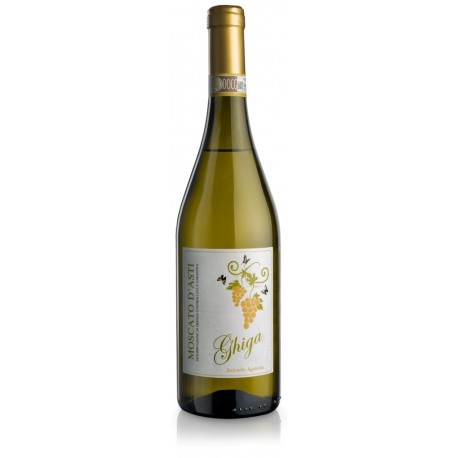 View larger
View larger
6 bottiglie di Moscato d’Asti, Ghiga
New
- Write a review
By buying this product you can collect up to 2 loyalty points. Your cart will total 2 points that can be converted into a voucher of 1,00 €.
- Send to a friend
- Remove this product from my favorite's list.
- Add this product to my list of favorites.
Data sheet
| District | Piemonte |
More info
MOSCATO D'ASTI
D.O.C.G.
Taste notes
The Moscato wine has always gone very well with desserts; it’s a great combination with all pastries, biscuits and dried pasta; it is also the perfect match with some neutral and light cheeses. The Moscato wine is also ideal for flavoring ice cream and sorbets, and for preparing fruit salads, tasty cocktails and long, low alcohol drinks. The Moscato wine is traditionally the wine for toasting during the holiday seasons and feasts. It is capable of evoking joy and creating a good mood even if one is a little down. Its sweetness and fragrance make it ideal for accompanying all the happy and joyful moments of life, like birthdays and weddings. This product should be served preferably at a temperature between 5 – 6 ° C
Historical notes
Moscato is a sweet and aromatic white wine made from a very old vine variety of noble origins. The oldest documents that mention the cultivation of Moscato in Piedmont date back to the early 1300s. The term “Moscato” appears during the Middle Ages and its meaning is “fragrance”. Originally the word refers to an essence used in the finest perfumeries. In 1606, Giovanni Battista Croce, a jeweler at the Savoia residence and also a knowledgeable person on Turin wine, wrote “On the excellence and diversity of the wines that are made in the Mountain of Turin” and listed “the best” types of grapes in the hills surrounding the city. He highlighted the “moscatello nostrale” among the white grapes and spoke of it as being a widespread grape “known by everybody” the base of a wine called by the same name. In the 1800s, the Canelli and Asti cities became the symbols of the Moscato wine. Canelli was characterized as the historical capital of the Moscato Bianco grown in Piedmont, typically known as “Moscato bianco di Canelli”. The city of Asti has very strong wine-making roots. It is the site of important events, fairs, trade centers and studies on wine and it became a reference point for the Moscato wine. It is this city that, to date, grants the protection of the brand name and image of its patron saint, San Secondo on horseback. At the end of the 1800s, Canelli was the main cultivation area. Followed by Santo Stefano Belbo, Calosso, Strevi, Castiglione Tinella, Acqui Terme and Ricaldone. It was at this point that the white Moscato wine, depending on the type of vinification used, became the starting point for two major pathways. On the one hand it led to the birth of the Piedmont wine industry, by creating Asti, which is the most popular aromatic sparkling wine in the world. Large Piedmont spumante companies created their fame and their international success with this product. The other route taken by the Moscato Bianco led to a delicately scented wine, with slight effervescence, produced by small or medium-sized companies who distinguish their product by using the Moscato d’Asti denomination. And there is also a third route: what’s called appassimento (the withering of the grapes). The peculiarities of this vine variety make it suitable for producing excellent sweet dessert wines that are intensely aromatic, appreciated for their harmony and structure. The success of the Moscato d’Asti continues incessantly. Its image is strongly characterized by its close ties with hilly areas and with well-established small growers and companies that are committed to achieving high quality standards. After many centuries of history, the white Moscato grape variety continues to be a reference point for viticulture and enology in Piedmont. It is constantly dealing with social, economic and customs changes
Basic information
Name of the product
Moscato d’Asti
Vine variety
white Moscato of Canelli
Denomination
Moscato d’Asti
Classification
D.O.C.G.
Color
white
Typology
sweet and effervescent
Country/region
Italy – Piedmont
Alcohol content
5 % vol
Residual sugar
about 120 - 130 g/l
Total acidity
about 6 g/L
Vinification process
Method
the grapes are pressed without de-stemming, after macerating for roughly 12 hours, carried out directly in the press with enzymes. The juice obtained is then filtered and fermented in an autoclave under pressure until it reaches roughly 5 degrees of alcohol and an excess pressure of about 1 to 1.20 bar. It is then chilled to 0 ° c to stop the fermentation; this is followed by filtering, cold stabilization, a second filtration, and finally it is bottled; the must is filtered only 2 times
Temperature
14 – 15 ° c (during fermenting) and 0 – – 1° c (during the rest of the process)
Duration
roughly 15 days
Malolactic fermentation
not carried out
Aging
not carried out
Age of barrels
not used
Type of barrels
not used
Type of wood
not used
Toasting level
not used
Percentage of new barrels
not used
Length of time in wood
not used
Minimum length of time in bottles
10 – 15 days after bottling
Bottle
Weight of empty bottle
550 grams
Aging potential
maximum 2 years
Cork size
28 x 42
Cork material
cork
Bottle type
Borgognotta nuova 0,75 l
Vineyard
% Grape/vine
100 % Moscato
Terrain
marl, clay and an abundance of limestone and magnesium
Faces
south – west
Agricultural method
spontaneous grassing, cut twice during the spring – summer period and soil tillage (ripper subsoiling with 3 teeth) to a 30-40 cm depth, carried out in autumn. Limited use of herbicides and fungicides
Year planted
1977
Type of harvest
manually in cases
Geo-localization
medium hill














